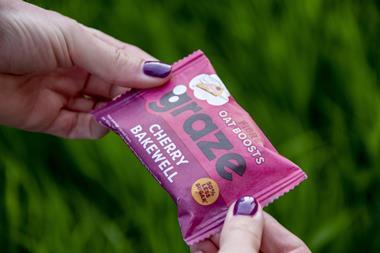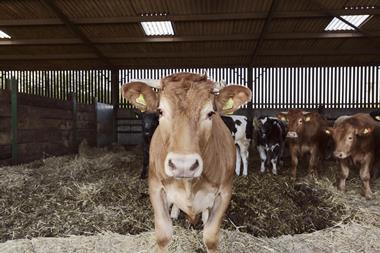The food business I’ve just joined is busy putting through its third significant price increase of the year.
There is much sucking of teeth from the sales force about the trade response. The marketing department is downbeat about likely share loss and the rise of no-frills own label, and weighing into the debate, the accountants are bleak about the margin loss if these price increases don’t hold.
Sound all too familiar? Well it is… and it was. These are my recollections of the UK food industry in 1980, 32 years ago!
The tendency is to think the current inflationary pressures the market is facing are new, but they aren’t. Indeed, since May 2008, when inflation across a basket of food categories peaked at just shy of 10%, it’s begun to feel an awful lot like 1980 revisited.
High commodity cost inflation coupled with low volume growth, and a supply chain where many low-hanging efficiencies have already been taken have brought the return of price inflation and squeezed margins. Brand owners seeking to recover costs through pricing have felt pushed to increase spend on promotion and discounting to “sweeten the pill”.
And this time, underlying demand growth from BRIC countries coupled with volatile harvests means input cost inflation is likely to be with us for the foreseeable future.
” Brands are carving out high-value segments in mature markets”
So in the UK, we may well see a continuation of recent pricing/promotional trends, with manufacturers and brand owners pursuing price recovery, partially offset by greater volume on deal.
For brand owners, the upside of increased promotional discounting has been volumes often holding up well in flattish markets and many brands actually gaining share versus own label - counter-intuitive in a cash-strapped environment.
The downside (except for consumers) has been that shoppers are faced with so many offers that many now rarely buy much that isn’t on deal. And more recently, some manufacturers that have tried to promote less, or at least less deeply, have seen brands lose share to resurgent own-label growth.
So what’s the answer for hard-pushed brand owners? We believe the solution’s the same now as it’s always been when high inflation and related own-label growth have led many wrongly to predict the demise of the brand as we know it. It is to innovate and differentiate. Brand owners need to have the courage not to put all their eggs in the promotional basket.
While “no-frills” foodstuffs may well take share from undifferentiated brands, the challenge for brand owners, as ever, is to add value beyond pure price, by initiating the innovation and quality improvements that even in difficult times drive value growth. Take, in this recessionary environment, Knorr’s Stock Pots, Birds Eye Bake to Perfection and Kraft’s Belvita. With these brands, consumer insight has led to innovative solutions backed by meaningful investment.
And the products are carving out high-value segments in mature markets. Seldom has there been greater pressure for manufacturers to remember the lessons of the past and invest in the heart of their brands.


















No comments yet